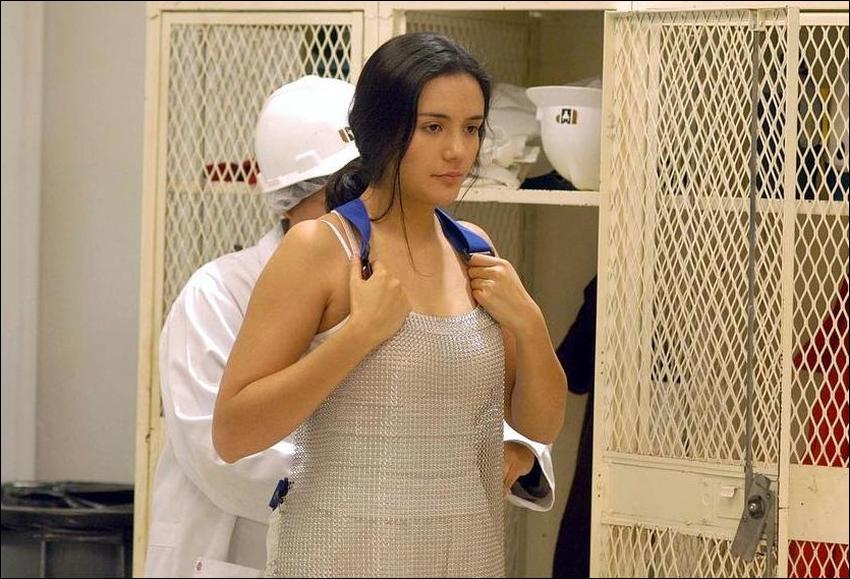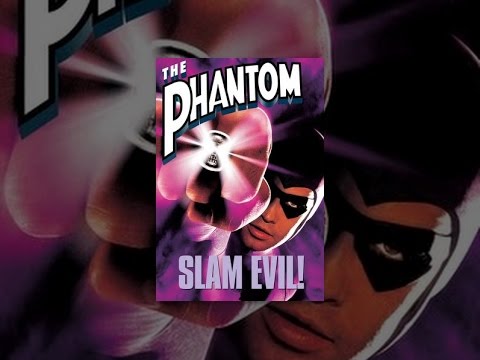How the Film Fast Food Nation Helped Me Become a Vegetarian | Movie-Blogger.com

Becoming a vegetarian was actually easier than I thought it would be. I never cared for fatty meat. There’s nothing worse than enjoying your tasty and supposedly lean beef and then suddenly, you bite into some hard, fatty gristle and it’s so gross that you have to spit it out into a napkin, and it just ruins the whole meal. What’s even worse than that? Fatty, dark chicken. You’re savoring it and then you break it up into smaller, more manageable pieces to chew. It’s not a pretty sight. There’s nothing but veins, arteries, and squishy gobs of fat and you have no choice but to stop eating it and pitch it.
I was my mom’s primary caregiver until she succumbed to her four-year battle with Stage III ovarian cancer in 2007. I was heartbroken. I was also terrified. As strong as my mom was, especially with her ridiculously high pain threshold, she had often seemed invincible. If she couldn’t beat cancer, who could?! Not only was I addicted to coffee, but even worse, I had been smoking cigarettes for about 15 years and all of my previous attempts at quitting had been short-lived and unsuccessful. Something good had to come out of my mom’s death. Quitting meat seemed to be the most logical, attainable, and realistic step in the right direction.
Richard Linklater’s movie, Fast Food Nation, had just come out on DVD. It was—and still is—easily one of his worst movies. Not only does the film have way too many characters, but they are all inadequately developed and thus, it is impossible to be invested in any one of them. To make matters worse, the movie is a depressing dirge in which many of these characters are going through a slew of unpleasant events with little to no reprieve.
In spite of these flaws, the film succeeds in showing us what is actually in our meat; this was the final nail in the coffin that led to me cutting meat out of my life for the most part. The film is based on real-life events from Eric Schlosser’s book of the same title that it chooses to fictionalize. The popular opinion seems to be that the film would’ve been much stronger as a documentary and I agree. A major part of the book is focused on real people who come across as more interesting and relatable than the Hollywood actors who were chosen to play them in the film.
When independent research reveals that there is a substantial amount of manure present in the meat of the fast-food chain, Mickey’s, their marketing director, Don Anderson (Greg Kinnear), is sent to the fictional town of Cody, Colorado. After a bit of digging, it is revealed that Uni-Globe, the plant that is responsible for supplying Mickey’s meat, is too concerned with its unreasonably high levels of productivity to be bothered with complying with some of the safety measures that have been put in place, one of which involves thoroughly cleaning the excrement from the intestines of the cattle. Richard Linklater fails to provide the important and complicated backstory of how we arrived at this gruesome discovery that didn’t just occur overnight, complete with meatpacking giants, such as Hormel, intentionally getting rid of a considerable part of their American workforce and replacing them with immigrant workers who would work longer hours and in far more dangerous conditions at warp speed for lower amounts.
In case you’re wondering how the smell and taste of huge amounts of excrement is disguised in the meat, not to worry. They have labs for that, complete with vials of chemical additives which taste and smell like the real thing and are so advanced that they trick the consumer’s brain into thinking it is the real thing. In one scene early on in the film, Don is sampling the vials and is particularly impressed with one that tastes like it’s meat straight off of the grill. “You don’t think it needs liquid smokes?” the scientist asks. “No, I think it’s perfect,” Don reassures him. Shortly after, we’re taken to the kitchen area of Mickey’s where a disgruntled and underpaid teenage employee, Brian (Paul Dano), drops food on the floor, picks it up, and spits in it. If you’ve ever wondered why you often feel sick from the fast food you’ve just consumed, now you know.
The infamous kill floor scene at the end succeeds in being the ultimate gross-out fest that you would expect it to be. I actually had to grab the small trash can nearby and put it next to me, just in case I needed to be sick. Gone are the days of the meatpacking process taking place throughout an entire plant. Thanks to corporate greed, meatpacking giants were fond of shutting down half of the space of their factories and then leasing it out to companies who would end up paying their workers even lower wages. The entire meatpacking process has been condensed to a smaller area, complete with sterile and spotless white walls, counters, floors, and ceilings, making the contrast to the blood, guts, and gore of the meatpacking process all the more sickening and psychologically demoralizing. Endless amounts of blood flow out of the animals and the process seems far less humane and far more rushed for everyone involved. Linklater has confirmed in quite a few interviews that the footage of the kill floor and the workers on the kill floor was all real.
It’s a drawn-out exercise in humiliation as we follow Sylvia (Catalina Sandino Moreno), an illegal immigrant and the despicable foreman, Mike (Bobby Cannavale), who she slept with in order to secure this crappy job. The camera teeters as he leads her to her new job on the kill floor. Like her, we feel uneasy, as if we’re going to pass out. Due to insufficient screen time on her and those close to her, we’re unable to give everyone the appropriate and adequate amounts of sympathy that they deserve. Like the far superior El Norte, the film should’ve focused solely on the plight of the illegal immigrant with non-Hollywood actors playing the roles. Part of the disconnect also comes from Catalina Sandino Moreno and Wilmer Valderrama looking more like models than illegal immigrants. Moreover, all I see is Fez from the comedy, That ‘70s Show when Valderrama is up onscreen. I just can’t take him seriously in this supposedly serious role here.
It has been 16 years since I quit eating meat and it easily rates right up there as one of the best decisions I’ve ever made. It has helped me maintain my weight. It has also given me more energy and mental clarity to make better and more sound decisions in my daily life. Any time I try to go back to meat just one more time, I’m almost always disappointed in the experience. Then I think of Fast Food Nation and how it still holds up all these years later. The meatpacking industry and fast food chains peddle some of the grossest illusions to our consumers in order to make a profit. Like Sylvia being told to breathe through her mouth to deal with the awful smell of the kill floor better, it’s a crazy and unreasonable request for something that is so obviously making her sick. I feel similarly when I walk into a fast food restaurant. The smell is unbearable. Maybe it’s because my resistance has been worn down and hence, my tolerance for meat is low. I need to flee out of fear that I’m going to be sick. The smell has never been worse—so gamey, disgusting, and putrid in an unfiltered way. Fiction or non-fiction, Sylvia and I both know what’s involved. We’ve seen meat for what it really is and we know there must be something better out there. There has to be. There needs to be. And maybe that is one of the best realizations we’ve arrived at after all.






